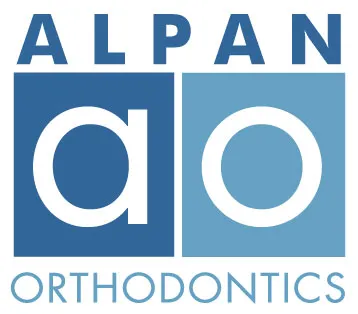LAS VEGAS, NEVADA – The most common cause of facial pain in the jaw joint, muscles that control jaw movement, and supporting tissue is a group of conditions called temporomandibular joint and muscle disorders (TMJDs).
They cause recurrent or chronic pain and are the second most commonly occurring musculoskeletal conditions resulting in pain and disability. According to the National Institute of Dental and Craniofacial Research, they affect 5 to 12 percent of the population, or 10 million Americans, and are more common among women than men.
“A big mistake that a lot of people make is ignoring the problem,” says Dr. David Alpan, a Larchmont orthodontist and TMJD specialist. “If they are experiencing chronic pain but put off consultation or treatment, they are likely to compound the problem and end up with even more symptoms and pain that get harder to relieve or eliminate.”
There is a complex system of muscles, ligaments, bones and temporomandibular joints that connect the upper and lower jaws that control the opening and closing of the mouth and the forward, backward and side-to-side movements of the lower jaw. Any problem that prevents them from working in harmony, such as physical trauma, can result in pain and other problems, although the exact cause of TMJ disorders is often unclear.
- Temporo-Mandibular Disorder (TMD) & Muscle Skeletal Disorder (MSD) – an incorrect relationship of the mandible (lower jaw) to the temporal bones resulting in a malocclusion, also known as a bad bite, may or may not include jaw joint problems
- Temporo-Mandibular Joint (TMJ) – the jaw joint, connecting the lower jaw to the skull, located near the front of the ear
Signs To Look For
Patients may or may not be aware of the signs of a TMJD, but they are obvious to a trained health practitioner, says Dr. Alpan, who treats TMJDs and provides braces for children and adults. Some signs include one eye, shoulder, hip or leg that is shorter than the other side, worn or crowded teeth, root erosion and the position of the head.
Symptoms To Look For
There are many symptoms that may be associated with TMJDs. The most common symptoms are pain in the chewing muscles or jaw joint like pain while chewing, opening or closing the mouth or touching the muscles.
“Some things that are symptoms of TMJDs are brushed off by people since they do not consider them abnormal or a symptom,” says Dr. Alpan, an adult and children’s orthodontist.
Patients may hear clicking, grating or grinding sounds in the jaw, have a jaw joint that locks when the mouth is opened wide and stiff muscles or limited movement. TMJDs can also cause headaches, dizziness, blurry vision, eye pain, ringing ears and pain or limited mobility in the neck, shoulder and back.
Length of Treatment
There is no reliable way to estimate treatment time since it varies drastically from case to case. Some patients find that one to three treatments alleviate or eliminate symptoms, while others require minor tooth adjustments with orthodontics, such as braces or Invisalign Teen in addition to the treatments. Other patients may require more extensive therapy options with a different specialist.
If someone suspects that they may have one of these conditions based on the signs and symptoms they are experiencing, they can schedule a consultation with Dr. Alpan. The appointment is an extensive review of the patient’s signs and symptoms reported on the intake paperwork, an oral and physical exam, and diagnosis and treatment plan.


